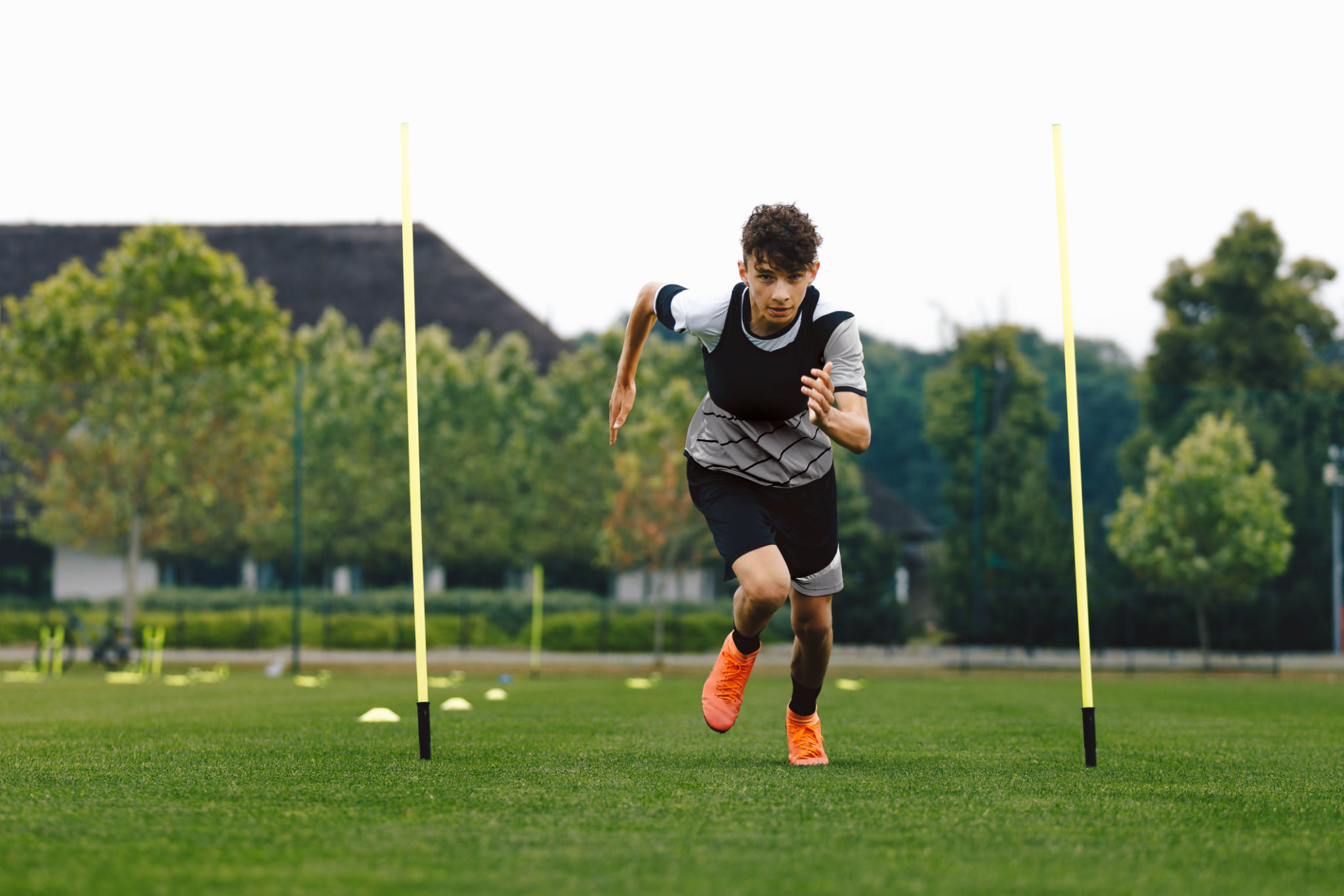From Pro-Level to Youth-Friendly: Making Recovery Tech Accessible for Young Athletes
The Rise of Recovery Technology in Sports
In recent years, recovery technology has revolutionized the world of professional sports, providing athletes with cutting-edge tools to enhance their performance and expedite recovery. From cryotherapy chambers to advanced compression gear, these innovations have become an integral part of professional training regimens. However, the benefits of recovery tech should not be limited to elite athletes alone. It's time to make these advancements accessible to younger athletes who are equally passionate and dedicated to their sports.

Understanding the Importance of Recovery for Young Athletes
Youth sports have become increasingly competitive, with young athletes dedicating significant time and effort to reach their full potential. However, this dedication often comes with the risk of injuries and burnout. Proper recovery is crucial for maintaining long-term physical health and preventing overuse injuries. By incorporating recovery technology into their routines, young athletes can ensure they are training smarter, not just harder.
Recovery technology offers numerous benefits for young athletes, including improved muscle recovery, reduced soreness, and enhanced flexibility. These tools can help them bounce back quicker after intense training sessions, ensuring they remain at peak performance levels throughout the season.
Bridging the Gap: Making Tech Accessible
One of the main challenges in making recovery technology accessible to youth is cost. Advanced recovery equipment can be expensive, often putting it out of reach for young athletes and their families. However, as technology advances and becomes more mainstream, costs are gradually decreasing. Companies are now developing more affordable versions of popular recovery tools, making them accessible to a wider audience.

Another important aspect is education. Young athletes and their coaches need to be educated on the benefits and proper use of these technologies. Workshops, online courses, and instructional videos can play a significant role in spreading awareness and knowledge about effective recovery practices.
Effective Recovery Tools for Young Athletes
Several recovery tools are particularly beneficial for young athletes due to their affordability and ease of use. Some of these include:
- Foam Rollers: An inexpensive yet highly effective tool that helps release muscle tension and improve flexibility.
- Compression Sleeves: These help increase blood flow and reduce muscle soreness post-exercise.
- Massage Guns: Although slightly more expensive, they offer targeted muscle relief and are ideal for young athletes involved in high-intensity sports.

The Role of Parents and Coaches
Parents and coaches play a pivotal role in introducing recovery technology to young athletes. By understanding the benefits and encouraging consistent use, they can help instill healthy recovery habits from a young age. Coaches can integrate recovery sessions into regular training schedules, while parents can support by ensuring these tools are available at home.
Furthermore, fostering a culture that emphasizes the importance of recovery can lead to more sustainable athletic careers for young athletes. It's essential for them to understand that taking care of their bodies is just as important as pushing their limits during training.
A Bright Future for Youth Sports
The integration of recovery technology into youth sports marks a significant step towards developing healthier, more resilient athletes. As these technologies become more accessible, young athletes will be better equipped to handle the physical demands of their sports, minimizing injuries and maximizing performance.
By making recovery tech youth-friendly, we are not only investing in the future of sports but also promoting lifelong habits that prioritize health and well-being. As this trend continues to grow, we can look forward to seeing a new generation of athletes who are both talented and well-prepared for the challenges ahead.